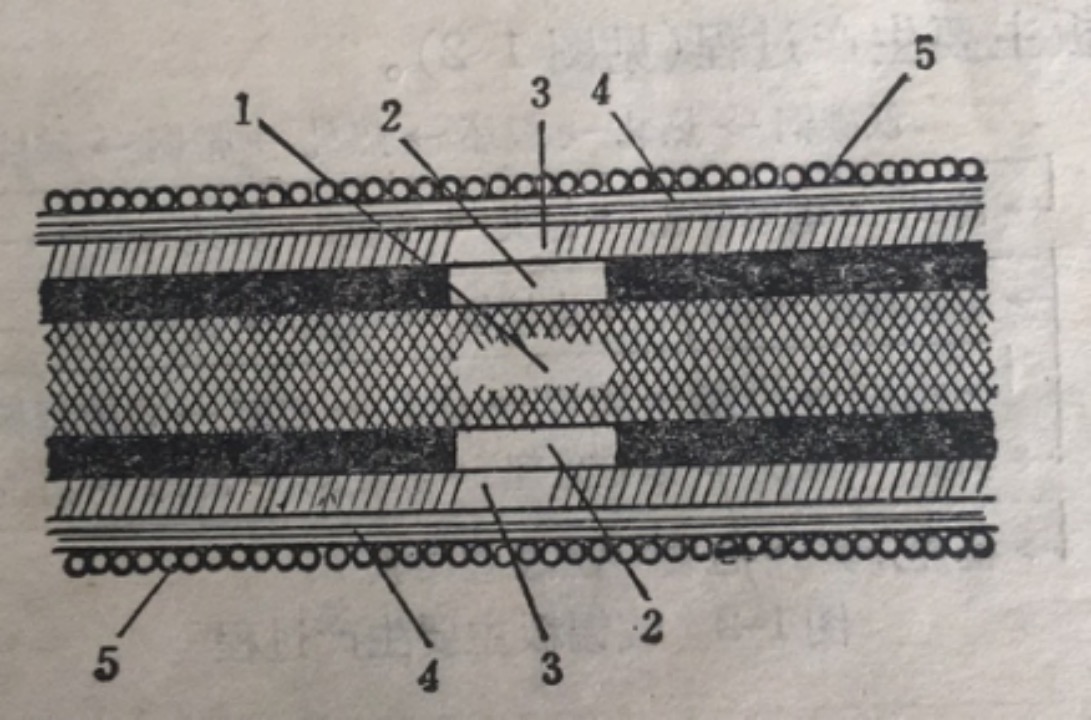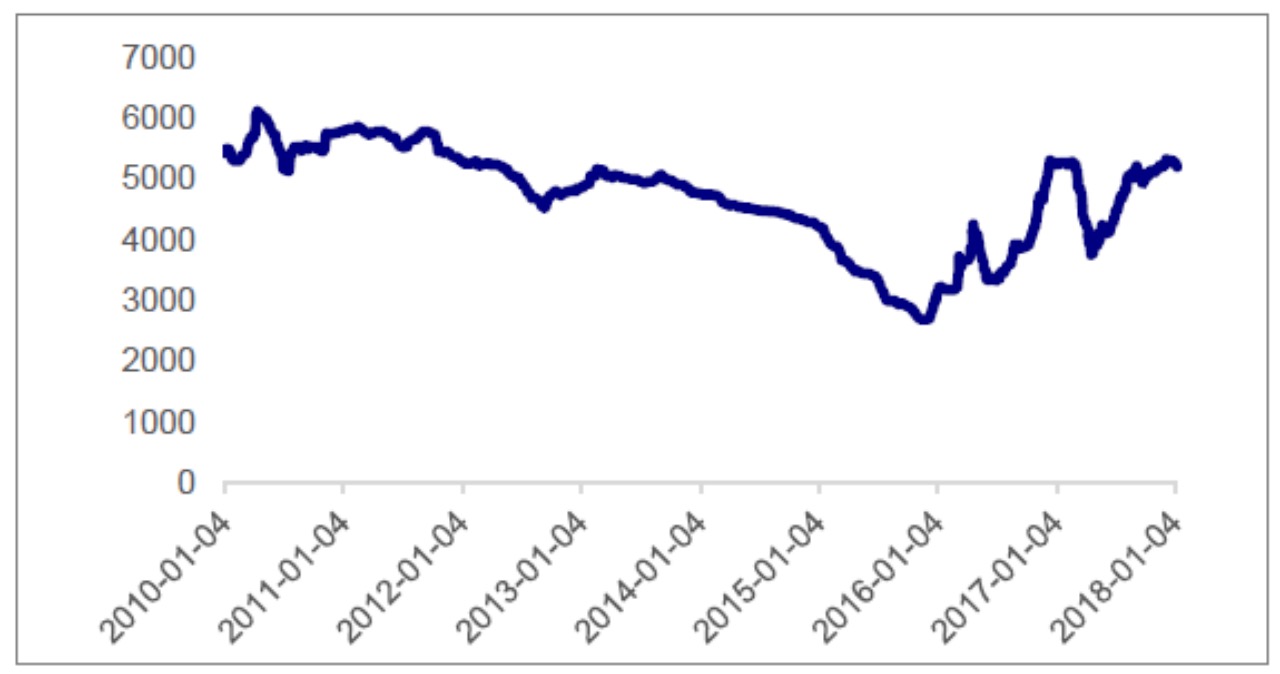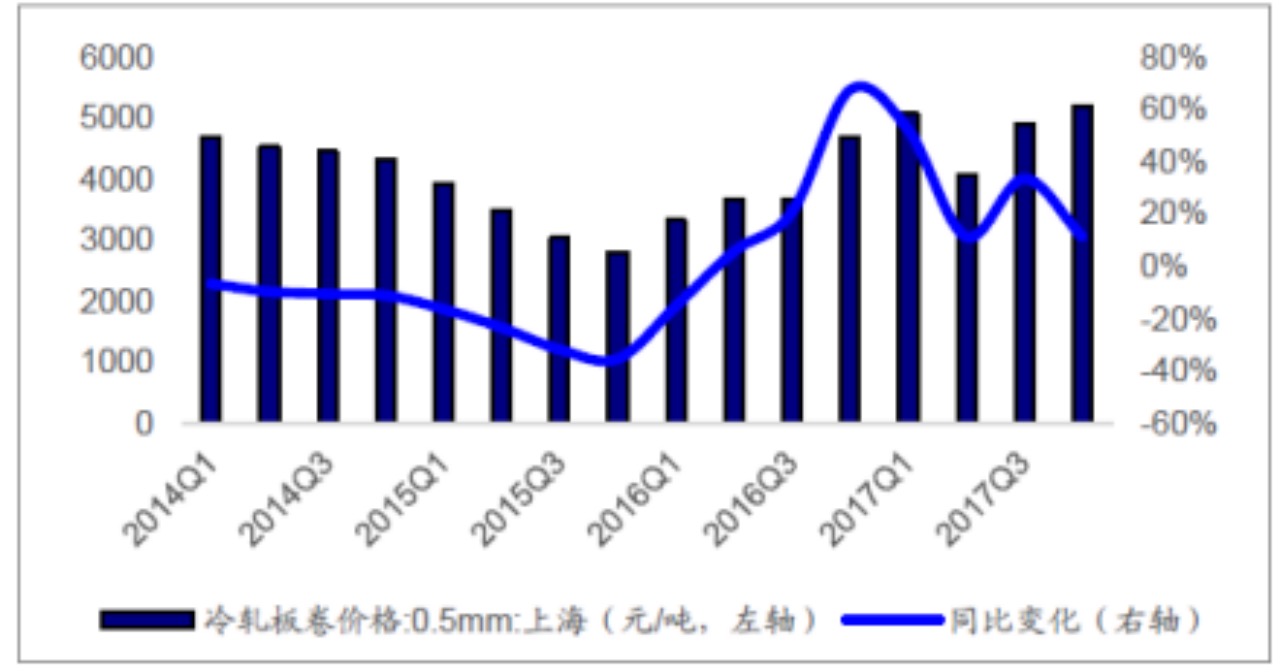7 Ways to Reduce Packaging Costs-tinplate Boxes
The main function of packaging is to protect products from being damaged by external forces during transportation; each product is transported using packaging. Whether you have just established a new company and are looking for lower-cost packaging, or are a mature packaging box manufacturer, this article is to help you reduce the cost of custom packaging, especially how to reduce the cost of custom tinplate boxes.
1. Check the packaging dimensions of your custom tin boxes to make sure they fit the products they protect and transport.
The principle of protection applies to all products. If you are using a packaging box that requires a lot of filler (more than around), you may increase the cost of packaging. Since most tin box packaging manufacturers have more than 100 kinds of library size molds, you can find the tinplate box packaging of your own size.
2. Choose the correct tinplate box design and style.
A good rule of thumb for tinplate packaging is “the simpler, the cheaper.” If you customize the tinplate box packaging box so that it opens at the smallest size and the largest size is the deepest, this allows the smallest amount of tinplate used to produce the box and the fewer manufacturing processes; therefore, “the simpler, the cheaper.” There are many tinplate box styles available. Standard RSC-style shipping containers are the most common, but if you have a rectangular product, a custom-made tinplate box with a rectangular top cover and gong bottom structure may be more effective and can be made with less tinplate.
Make sure you use a rated (not overkill) tinplate box to transport the weight you want to pack.
There are many grades of tinplate boxes. Tinplate grades ranging from non-test grade to over food grade are common.
3. Industry knowledge is priceless; knowing when the price of tinplate rises or falls can make you better negotiate with tinplate box suppliers.
Use the Internet, social media, magazines and other resources to obtain industry news and tinplate pricing online. When the price of tinplate drops, asking for a better price will save you a lot of custom tinplate box costs. If the price of tinplate increases, your tinplate box manufacturer should notify you and allow you to pre-order before the effective price increase date.
4. Replace tinplate box manufacturers to get some competitive prices.
The Internet is very suitable for purchasing retail products, but not for industrial products. You still need to find a good local tinplate manufacturer and ask them to quote. You want to be a customer whose tinplate box salesperson knows that just mentioning a price increase will buy the price. Business relationships do exist, but friendly competitiveness can greatly help reduce packaging costs. Coupled with the introduction of a second supplier, you can provide a backup supplier and take a fresh look at your process. In many cases, the cost is saved by changing the packaging method or the size of the box.
5. Change tinplate box packaging to reduce transportation cost.
We know that this is not entirely about saving the cost of the shipping box, but if you can reduce the weight of the box by changing the packaging method, so as to reduce the single transportation cost. In addition, changing the box size to allow more products to be placed on the pallet can increase the total amount of products transported, and the entire vehicle can even reduce the shipping cost of each product.
6. A large number of customized tinplate boxes can reduce the unit price.
Most tinplate box manufacturers calculate the price in square meters per roll of tinplate. The printing of tinplate boxes requires a minimum order quantity, the more the quantity printed, the lower the unit price. The price reduction may reach 3-10%. If you want to order between 3000 and 10000 boxes, you will find that the price of 3000 can be 3-15% higher than the price of 10000 boxes.
7. On-time inventory and a blanket purchase order during the period of use.
Many packaging distributors will store your customized packaging boxes for you according to a blanket purchase order agreement, and distribute them when you need them. This will allow you to buy more quantities (usually at a lower cost) and receive boxes as needed. This should sell at a lower price and keep your cash flow and inventory constant, because you should only pay for the goods when you receive them.



